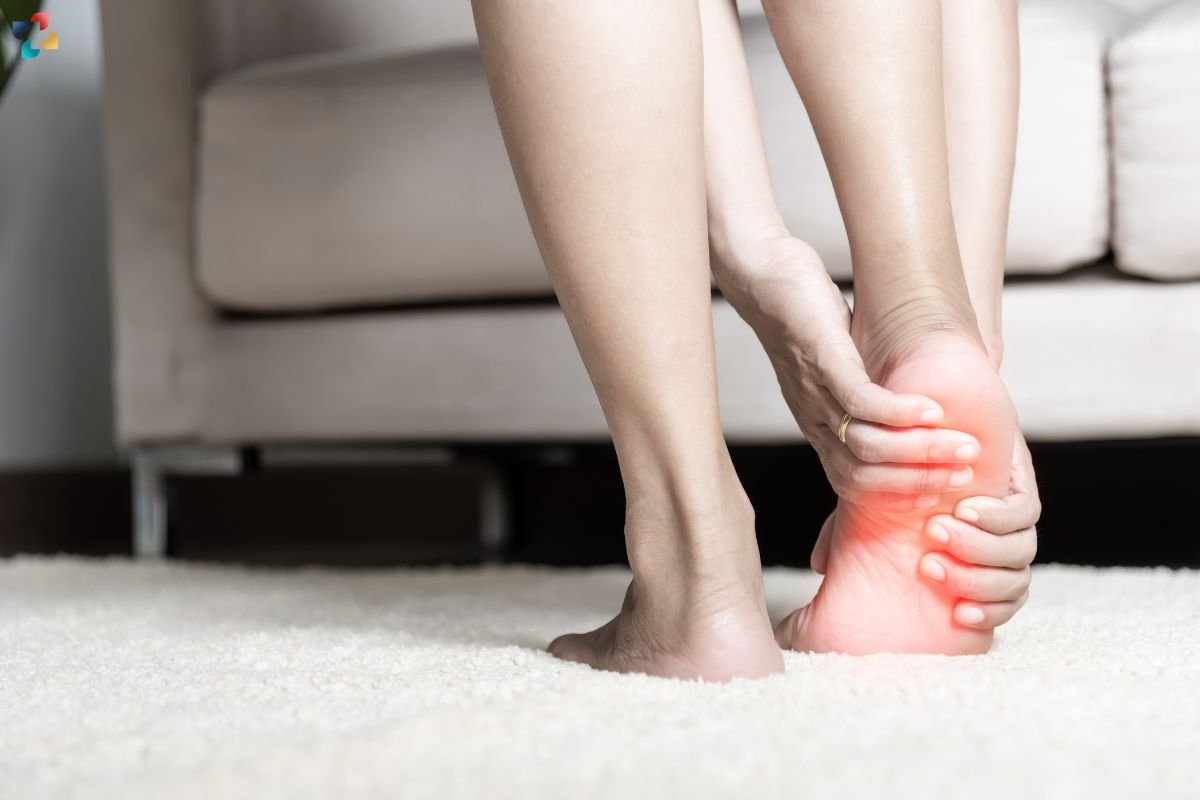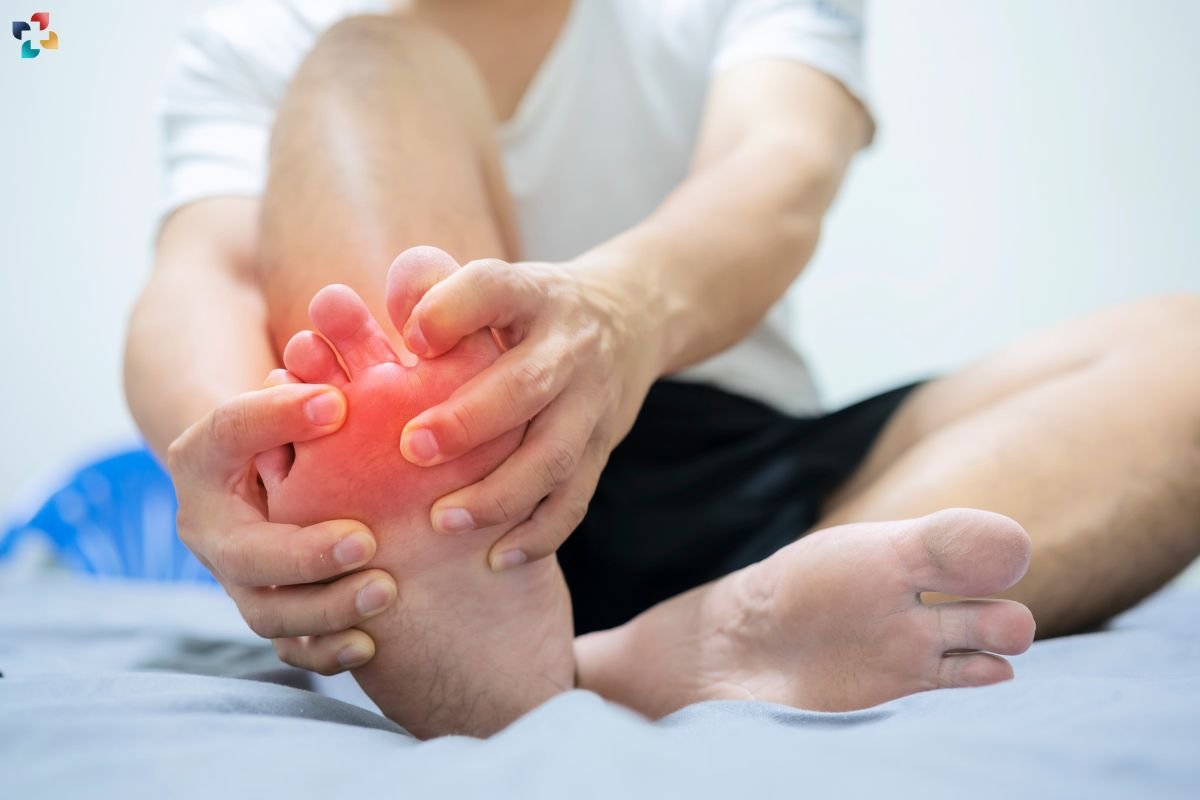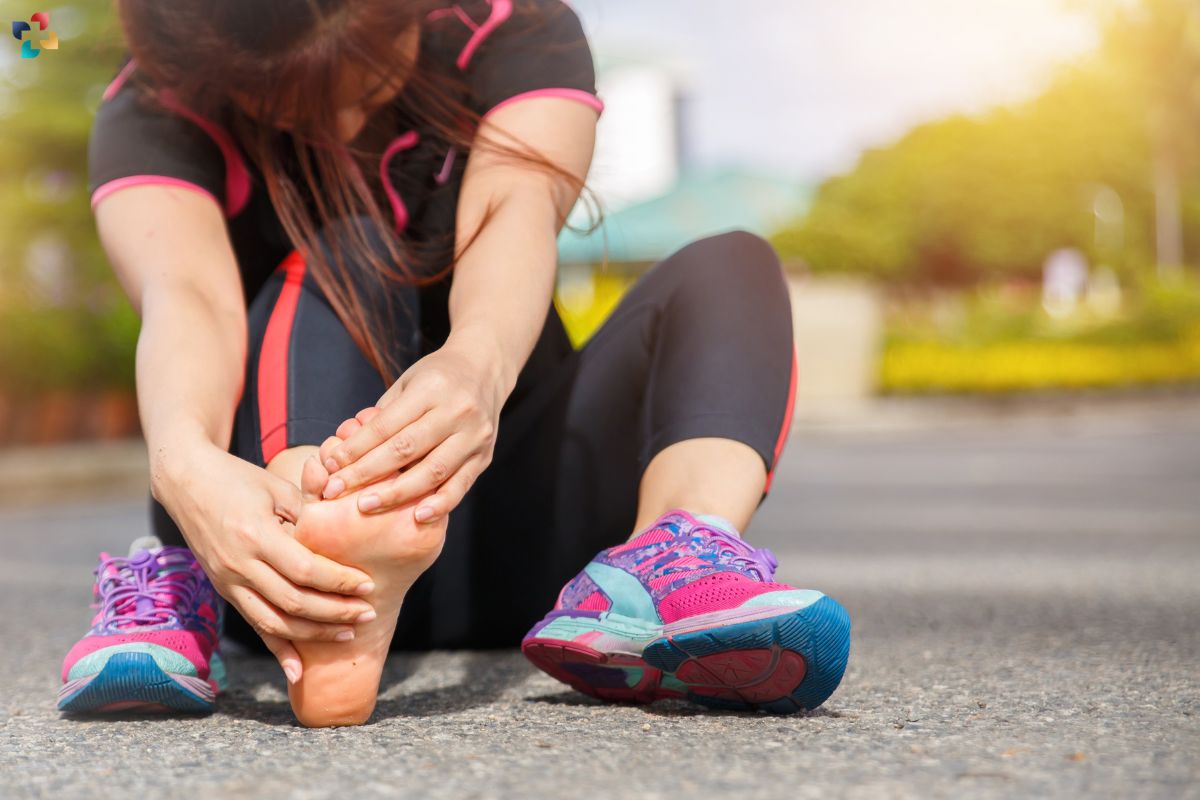Running is a popular form of exercise that offers numerous health benefits, including improved cardiovascular health, weight management, and mental well-being. However, runners often face the challenge of foot pain, which can significantly impact their performance and enjoyment of the sport. In this comprehensive guide, we will explore the most common types of foot pain in runners, their causes, and effective prevention exercises to keep you on the move without discomfort.
Understanding Foot Pain in Runners
Foot pain in runners is a frequent complaint, often stemming from the repetitive stress and impact that running places on the feet. While some discomfort is normal, persistent or severe pain should not be ignored. Identifying the type and cause of foot pain is crucial for proper treatment and prevention.
Common Types of Foot Pain in Runners
- Plantar Fasciitis
- Achilles Tendinitis
- Metatarsalgia
- Stress Fractures
- Morton’s Neuroma
- Blisters
- Bunions
- Tendinitis
- Sesamoiditis
- Heel Spurs
Let’s delve into each of these common foot pains, their causes, symptoms, and prevention strategies.
1. Plantar Fasciitis

Cause: Plantar fasciitis is caused by inflammation of the plantar fascia, a thick band of tissue running along the bottom of the foot, connecting the heel bone to the toes. This condition is often due to overuse, improper footwear, or running on hard surfaces.
Symptoms: Sharp pain in the heel, especially in the morning or after prolonged periods of rest.
Prevention: Stretch the calf muscles and plantar fascia regularly. Wear supportive shoes with good arch support and cushioning. Avoid running on hard or uneven surfaces.
2. Achilles Tendinitis
Cause: Achilles tendinitis occurs when the Achilles tendon, which connects the calf muscles to the heel bone, becomes inflamed. This is often due to overtraining, tight calf muscles, or improper running technique.
Symptoms: Pain and stiffness along the Achilles tendon, especially in the morning or after activity.
Prevention: Gradually increase running intensity and distance. Stretch and strengthen the calf muscles. Use proper running techniques and wear appropriate footwear.
3. Metatarsalgia
Cause: Metatarsalgia is pain in the ball of the foot, typically caused by increased pressure on the metatarsal bones. This can result from high-impact activities, ill-fitting shoes, or abnormal foot mechanics.
Symptoms: Sharp or aching pain in the ball of the foot, often accompanied by a sensation of having a pebble in the shoe.
Prevention: Wear properly fitting shoes with adequate cushioning and support. Use metatarsal pads to reduce pressure. Avoid high-impact activities and opt for softer running surfaces.
4. Stress Fractures
Cause: Stress fractures are tiny cracks in the bones, usually resulting from repetitive force or overuse. They are common in the metatarsal bones of runners.
Symptoms: Localized pain that worsens with activity and improves with rest. Swelling and tenderness may also be present.
Prevention: Gradually increase running mileage and intensity. Ensure proper nutrition, including adequate calcium and vitamin D intake. Wear appropriate footwear and avoid overtraining.
5. Morton’s Neuroma
Cause: Morton’s neuroma is a thickening of the tissue around one of the nerves leading to the toes, typically between the third and fourth toes. This condition is often caused by tight shoes, high heels, or repetitive stress on the forefoot.
Symptoms: Sharp, burning pain in the ball of the foot, often accompanied by numbness or a tingling sensation in the toes.
Prevention: Wear shoes with a wide toe box and low heels. Avoid high-impact activities that put pressure on the forefoot. Use orthotic inserts to support the foot.

Reclaiming Strength and Agility: The Role of Sports Med Physical Therapy in Athletic Wellness
This article examines how important sports medicine physical therapy is for improving performance, developing athletic resilience, and promoting a quick recovery from injuries.
6. Blisters
Cause: Blisters are caused by friction between the skin and footwear, leading to fluid-filled sacs. They are common in runners, especially during long runs or in new shoes.
Symptoms: Painful, fluid-filled bubbles on the skin.
Prevention: Wear moisture-wicking socks and properly fitting shoes. Apply lubricants or blister pads to high-friction areas. Break in new shoes gradually.
7. Bunions
Cause: Bunions are bony bumps that form on the joint at the base of the big toe. They develop due to inherited foot structure, improper footwear, or repetitive stress.
Symptoms: Pain and swelling around the big toe joint. The big toe may also lean toward the other toes.
Prevention: Wear shoes with a wide toe box and avoid high heels. Use bunion pads to relieve pressure. Perform foot exercises to strengthen the muscles around the big toe.
8. Tendinitis
Cause: Tendinitis is the inflammation of a tendon, often resulting from overuse or improper running technique. It can affect various tendons in the foot and ankle.
Symptoms: Pain, swelling, and stiffness in the affected tendon.
Prevention: Gradually increase running intensity and distance. Use proper running techniques and wear supportive footwear. Incorporate strength training and flexibility exercises into your routine.
9. Sesamoiditis
Cause: Sesamoiditis is inflammation of the sesamoid bones, two small bones embedded in the tendons beneath the big toe. It is often caused by repetitive stress or trauma.
Symptoms: Pain and swelling under the big toe, especially when pushing off during running.
Prevention: Wear shoes with adequate cushioning and support. Avoid activities that put excessive pressure on the forefoot. Use orthotic inserts to distribute pressure evenly.
10. Heel Spurs

Cause: Heel spurs are bony growths on the underside of the heel bone, often associated with plantar fasciitis. They develop due to long-term strain on the foot muscles and ligaments.
Symptoms: Sharp pain in the heel, especially in the morning or after prolonged periods of rest.
Prevention: Stretch the calf muscles and plantar fascia regularly. Wear supportive shoes with good arch support and cushioning. Avoid running on hard or uneven surfaces.
Prevention Exercises for Foot Pain in Runners
Preventing foot pain in runners involves a combination of proper footwear, running techniques, and targeted exercises to strengthen and stretch the muscles and tendons in the feet. Here are some effective prevention exercises:
1. Calf Stretch
- How to Do It: Stand facing a wall with one foot forward and the other foot back. Keep both heels on the ground and lean forward, bending the front knee until you feel a stretch in the calf of the back leg. Hold for 30 seconds and switch legs.
- Benefits: Stretches the calf muscles, reducing tension on the Achilles tendon and plantar fascia.
2. Plantar Fascia Stretch
- How to Do It: Sit on a chair and cross one foot over the opposite knee. Pull back on the toes of the crossed foot until you feel a stretch in the arch. Hold for 30 seconds and switch feet.
- Benefits: Stretches the plantar fascia, reducing the risk of plantar fasciitis.
3. Toe Towel Scrunches
- How to Do It: Place a towel on the floor and use your toes to scrunch it up towards you. Repeat for 1-2 minutes on each foot.
- Benefits: Strengthens the muscles in the toes and arches, improving overall foot stability.
4. Heel Raises
- How to Do It: Stand with your feet hip-width apart and slowly raise your heels off the ground, balancing on your toes. Hold for a few seconds and lower back down. Repeat 10-15 times.
- Benefits: Strengthens the calf muscles and Achilles tendon, reducing the risk of tendinitis.
5. Foot Doming

- How to Do It: Sit with your feet flat on the ground. Without curling your toes, lift the arch of your foot as if you are creating a dome shape. Hold for a few seconds and release. Repeat 10-15 times on each foot.
- Benefits: Strengthens the muscles in the arch, improving foot stability and reducing the risk of conditions like plantar fasciitis.
Additional Tips for Preventing Foot Pain in Runners
- Choose the Right Shoes: Invest in high-quality running shoes that provide adequate support, cushioning, and a proper fit. Replace them every 300-500 miles to ensure they maintain their support.
- Gradual Progression: Increase your running distance and intensity gradually to allow your feet and body to adapt to the increased stress.
- Cross-Training: Incorporate low-impact activities such as swimming or cycling into your routine to reduce the repetitive stress on your feet.
- Listen to Your Body: Pay attention to any signs of discomfort or pain and address them promptly. Rest and seek professional advice if needed.
- Warm-Up and Cool Down: Always warm up before running and cool down afterward to prepare your muscles and tendons for activity and aid in recovery.
- Maintain a Healthy Weight: Excess weight can put additional stress on your feet, increasing the risk of foot pain. Maintain a healthy weight through a balanced diet and regular exercise.
Conclusion
Foot pain in runners is a common issue that can hinder performance and enjoyment. By understanding the different types of foot pain, their causes, and implementing effective prevention strategies, runners can minimize the risk of injury and continue to enjoy the benefits of this popular form of exercise. Remember to listen to your body, choose the right footwear, and incorporate strength and flexibility exercises into your routine. By taking these proactive steps, you can keep your feet pain-free and stay on the path to achieving your running goals







